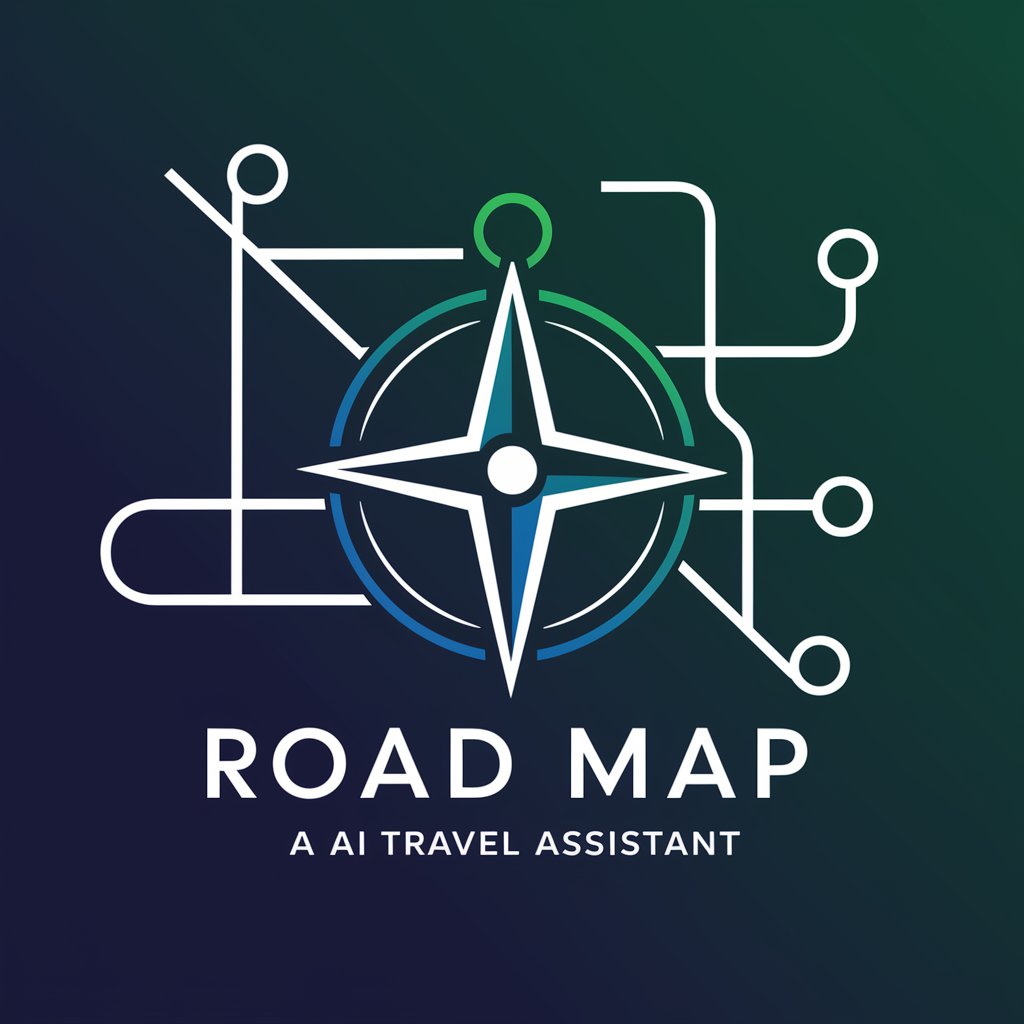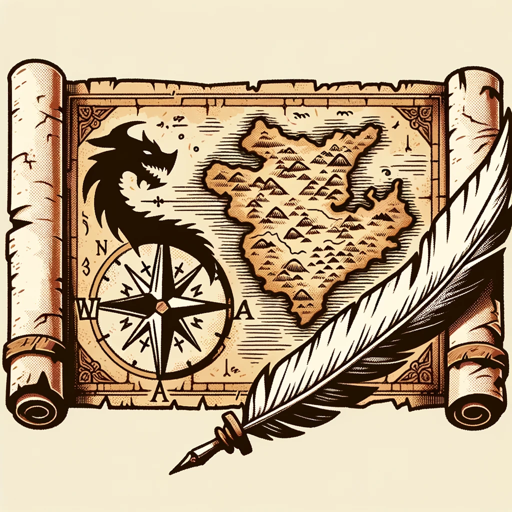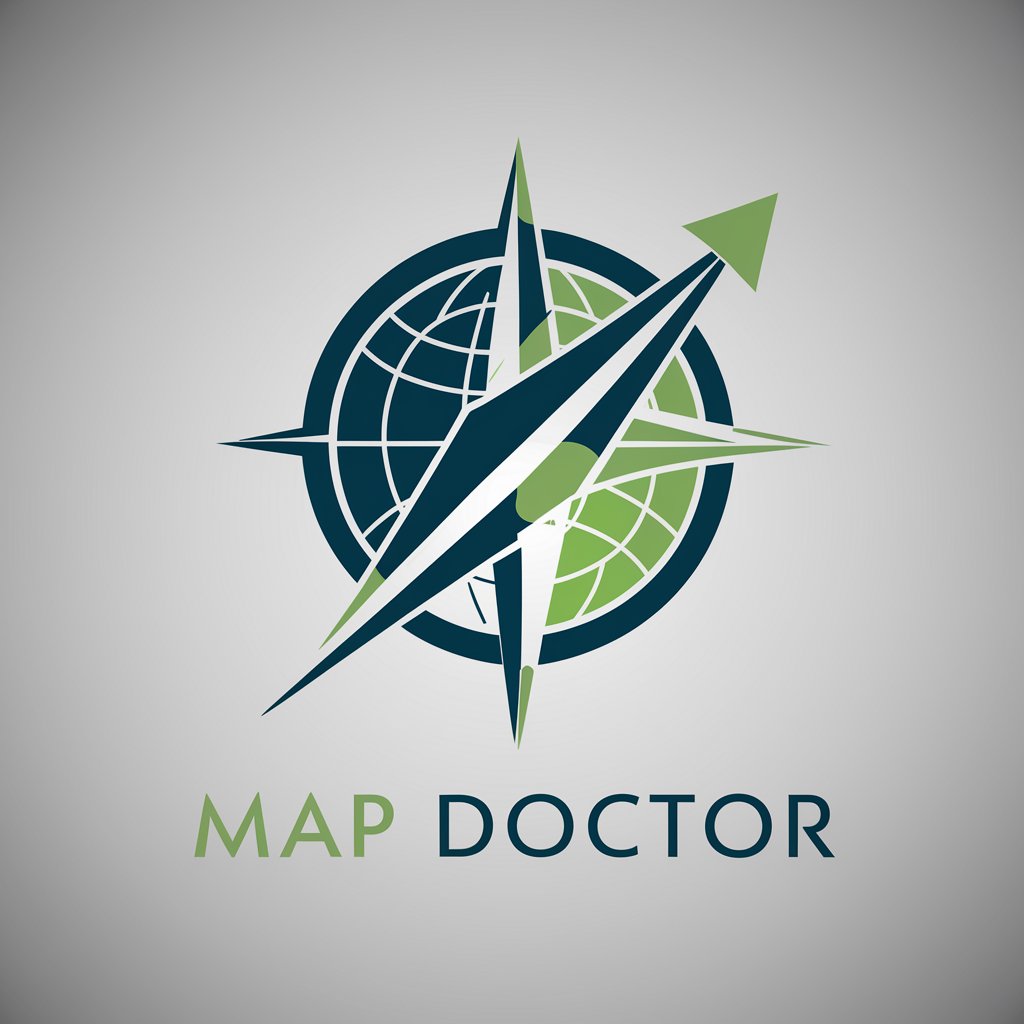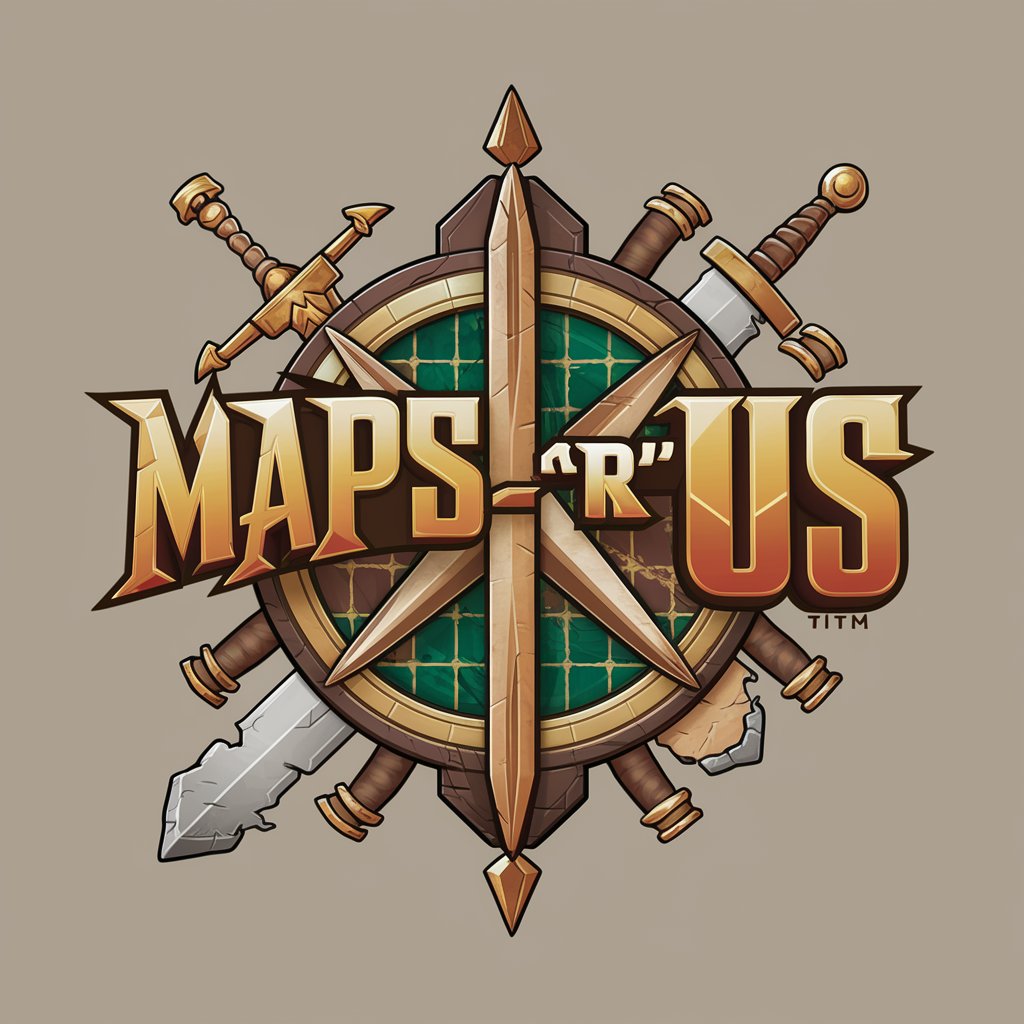
Map - Map Reading Guide
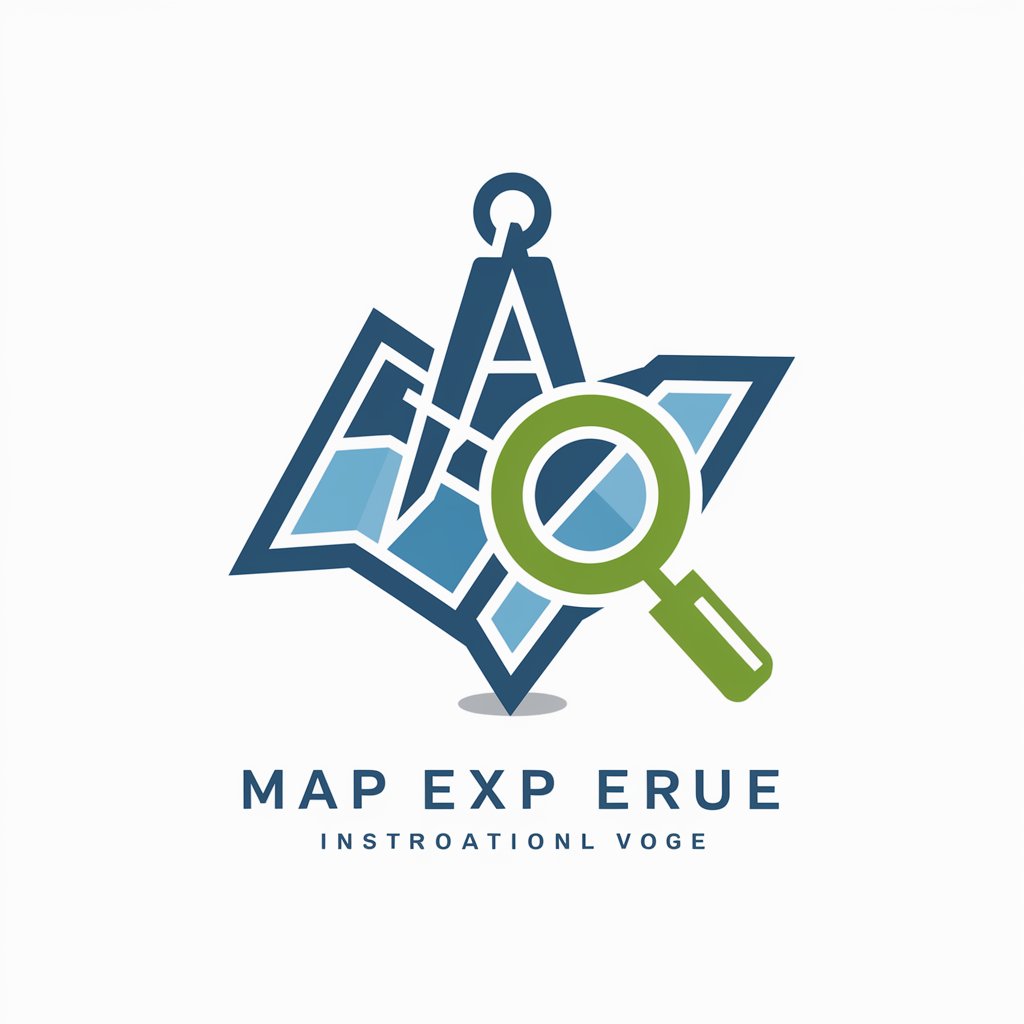
Welcome! Let's explore the world of maps together.
Navigate the World with AI-Powered Maps
How do I interpret contour lines on a topographic map?
Can you explain the different symbols used in political maps?
What are the key features to look for on a thematic map?
How do I determine the scale of a map and use it effectively?
Get Embed Code
Understanding Map: A Customized GPT for Map Reading and Interpretation
Map, as a specialized GPT, is designed to offer comprehensive guidance on map reading, interpretation, and application across various contexts. Unlike standard GPTs, Map focuses on enhancing users' understanding of different types of maps, including topographic, political, and thematic maps, among others. It provides detailed instructions on how to interpret map symbols, understand scales, and navigate through map orientations. For instance, Map can guide a hiker in reading topographic maps to identify elevation changes and terrain types, or assist a student in understanding the political boundaries and demographic distributions on a thematic map. This focus ensures that users not only learn to read maps but also to apply this knowledge in planning, decision-making, and educational contexts. Powered by ChatGPT-4o。

Core Functions of Map: Bridging Theory and Practice
Map Symbol Interpretation
Example
Explaining the meaning of various symbols on a topographic map, such as contour lines for elevation, blue lines for rivers, and green areas for forests.
Scenario
A scout leader preparing for a camping trip uses Map to teach scouts how to read these symbols, enabling them to understand the terrain and water sources of their camping site.
Scale Understanding and Distance Measurement
Example
Teaching how to use the scale on a map to calculate real-world distances, such as the distance between two towns.
Scenario
A cyclist planning a route between two cities uses Map to understand the scale, ensuring they can accurately estimate the distance and plan their journey accordingly.
Orientation and Navigation
Example
Guidance on how to use a compass with a map for orientation, highlighting the importance of the map's north symbol.
Scenario
An adventure racer learns to align their compass with the map's north, enabling accurate navigation through wilderness areas during a race.
Understanding Different Types of Maps
Example
Comparing the features and uses of topographic, political, and thematic maps.
Scenario
A teacher uses Map to introduce students to different types of maps, highlighting their specific applications, such as climate zones on a thematic map or electoral districts on a political map.
Practical Application in Planning
Example
Utilizing maps for planning outdoor activities, urban development, or educational projects.
Scenario
A city planner uses Map's guidance to interpret urban zoning maps, aiding in the decision-making process for land use and infrastructure development.
Who Benefits from Map? A Spectrum of Users
Educators and Students
Educators teaching geography, history, or environmental science can integrate Map into their curriculum to enhance students' spatial thinking and map reading skills. Students, in turn, gain a deeper understanding of geographical concepts and the ability to apply this knowledge in academic and real-world scenarios.
Outdoor Enthusiasts
Hikers, cyclists, and campers can leverage Map to plan their routes, understand the terrain, and navigate through unfamiliar landscapes. The ability to read topographic maps and interpret symbols enhances safety and enjoyment of outdoor activities.
Professional Users
Urban planners, environmental consultants, and logistics managers can use Map to interpret spatial data, make informed decisions, and plan projects with precision. Understanding the nuances of various map types aids in strategic planning and operational efficiency.

How to Use Map
Start Your Journey
Head to yeschat.ai for an effortless start to exploring maps, no sign-up or ChatGPT Plus required.
Choose Your Map
Select the type of map you need based on your task - be it topographic for terrain analysis, political for understanding geographical boundaries, or thematic for specific data visualization.
Understand the Symbols
Familiarize yourself with the legend and symbols used in your chosen map to accurately interpret the information presented.
Apply the Scale
Use the map's scale to understand distances and areas, enabling accurate measurement and planning.
Orient Yourself
Determine the map's orientation by locating the compass rose or north indicator, ensuring you can navigate the map correctly.
Try other advanced and practical GPTs
🌐 Panorama Pro lv4.1
Crafting Your Virtual Reality, Seamlessly

Ultimate Boston Guide
AI-powered Insider's Guide to Boston

Tweetter s**tposting GPT
Elevate your Twitter game with AI-powered humor.

Binding Chaos Analyst
Unveiling Complexity with AI

Sara: Wizard of Belief and Care
Empowering Beliefs with AI Wisdom

🌟 MoodAssessor lv3.4
Transforming emotions into artful narratives.

Le Chat
Reflect, laugh, and grow with AI wisdom

Code Companion - Next Stack
Elevate Coding with AI-Powered Insights

数学 I A の優しい先生
AI-Powered Math Teaching Made Easy

Ask Fat Jon
Grill Smarter with AI-Powered BBQ Guidance

Face Reader Plus
Unlock the secrets of your face with AI

Woodworking Safety Guide
Empowering Safe Woodworking with AI

Frequently Asked Questions about Map
What is a topographic map?
A topographic map represents the three-dimensional landscape on a two-dimensional surface, showing natural and man-made features like mountains, valleys, rivers, and roads, often with contour lines to depict elevation changes.
How do I read map scales?
Map scales are expressed as a ratio or fraction, indicating the relationship between distance on the map and distance on the ground. For instance, a scale of 1:25,000 means 1 unit on the map equals 25,000 units in reality.
What does a map legend entail?
A map legend, or key, explains the symbols, colors, and lines used on the map, providing essential information for accurately interpreting the map's data.
How can maps be used in planning a hiking trip?
For hiking, utilize topographic maps to assess terrain difficulty, identify trails, water sources, and elevation changes, and plan the safest and most scenic route.
Can maps help in historical research?
Yes, historical maps can provide insights into past geographical boundaries, land use, settlement patterns, and infrastructure, aiding in the understanding of historical events and societal changes.
